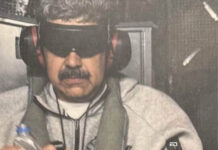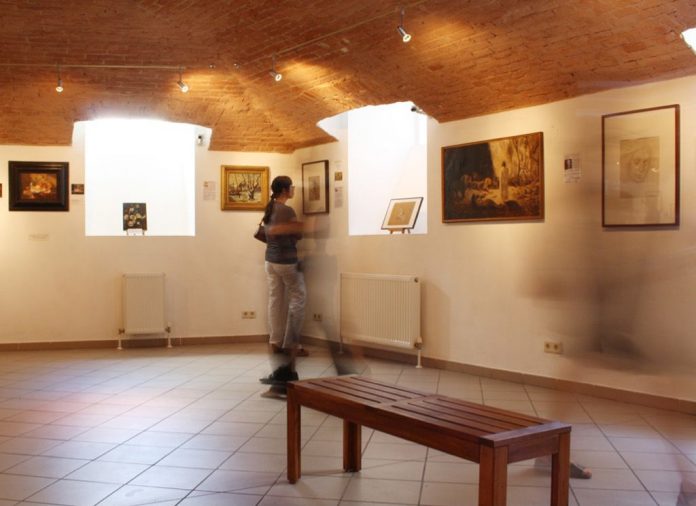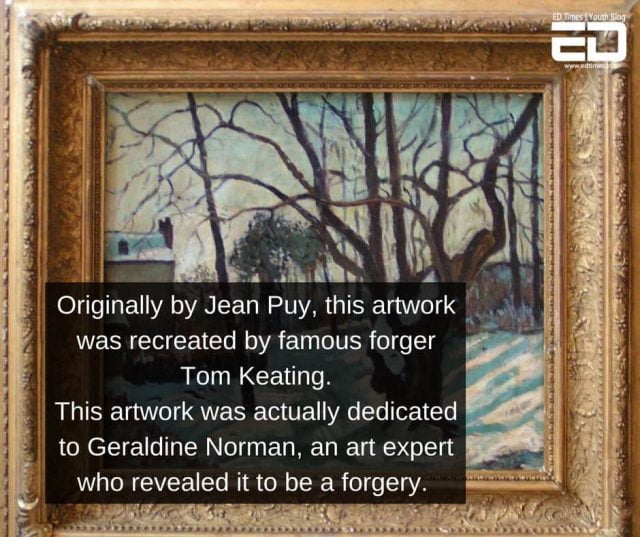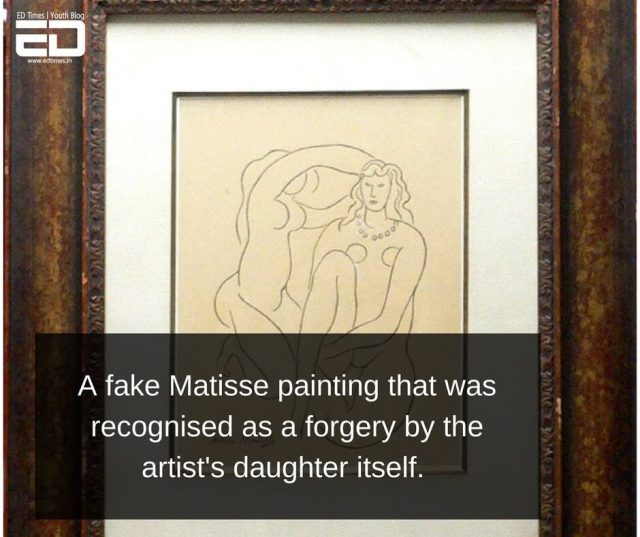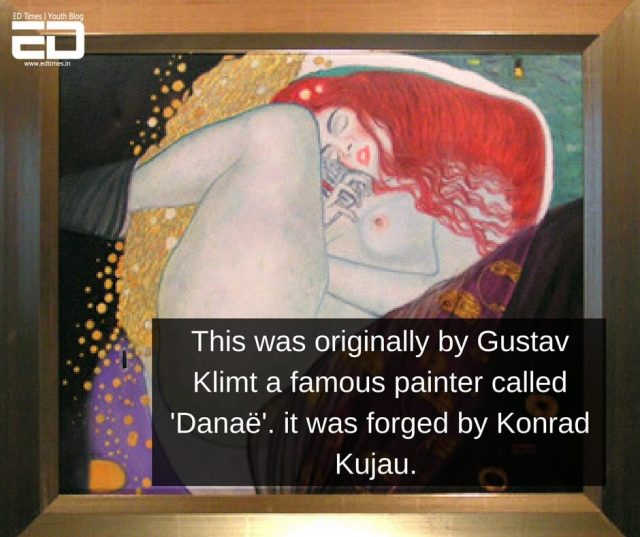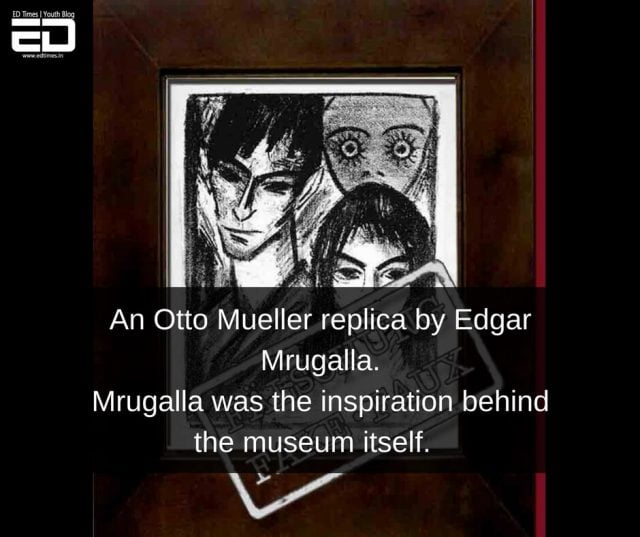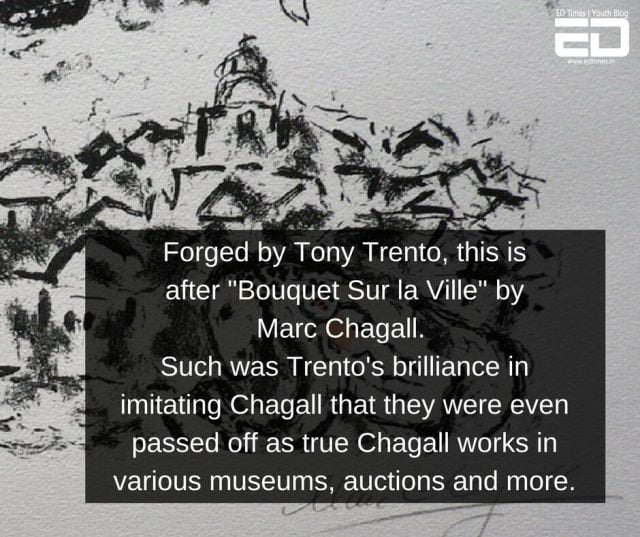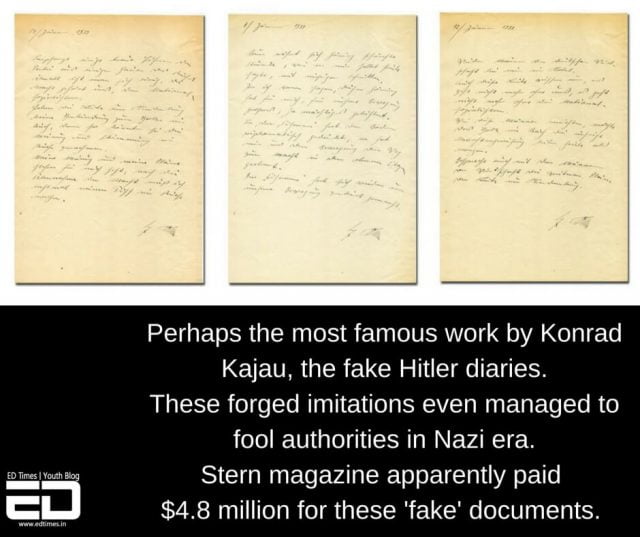Museums are perhaps not the most exciting place as per common understanding. Usually, the people who visit museums are considered stuck-up, pretentious, too serious and not fun loving. Museums are generally where old people go or teachers forcefully take their students on a class excursion.
The environment of a museum doesn’t help its case, however, to anyone who really wants to visit a unique kind of museum should take a look at the ‘Museum of Art Fakes’.
This museum is full of ‘fake’ or ‘forged’ artwork ranging from great artists like Picasso to Renoir to Matisse, Jean Puy, Gustav Klimt and more.
The museum that opened in 2005 in Vienna, Austria is the only museum to offer fake art or forgeries in the entire German country.
How Was This Museum Started?
The co-founder of the museum, Diane Grobe, credits the famous art forger Edgar Mrugalla, as being the inspiration behind the museum. Mrugalla in his lifetime forged about 3,500 pieces of artwork and even got sent to jail for about 2 years due to this crime. But almost akin to a Hollywood movie, Murgalla got out early by working with the police to reveal fake from original artwork and prevent more crime in the art world.
Apart from that, the museum features works from other famous forgers like Tom Keating, who even dedicated one of his imitations to a known art expert due to them correctly finding his ‘time bomb’. Keating would insert these ‘time bombs’ in his forgeries as a way to differentiate them and allow a truly knowledgeable person to figure out that it was not an original.
Read More: Would You Visit This Lake In India Surrounded By A Thousand Skeletons? (Video)
If there was Keating with his over 2,000 forgeries, then the museum also boasts of works by Konrad Kajau, who managed to fool Nazi authorities by creating fake Hitler diary entries and even sold them for a heavy sum.
Another famous forger that one can find at the museum is Han van Meegeren, who is hilarious, credited for Dutch painter Johannes Vermeer’s best work till date called ‘Emmaus’. This painting was so good and eerie in its authenticity that it was even bought by Rotterdam museum for what would equal $6 million in today’s time.
Take a look at some other such interesting facts behind these imitations:
Just to clarify, the museum takes extreme care to not have anything illegal and takes caution by dividing the kind of imitation into various categories. While forgery based on a certain style of an artist and identical forgery are fine they are usually are made in name of the original artist. On the other hand, a copy usually will bear the name of the one creating the painting, however, in order to avoid trouble, the original artist must be deceased for more than 70 years.
These artworks are also not allowed to be sold as original, and it is admitted everywhere these paintings are forged or imitations of the original.
Image Credits: Google Images
Other Recommendations:
http://edtimes.in/2017/11/why-wanderlust-isnt-for-everyone-and-we-should-accept-it/





